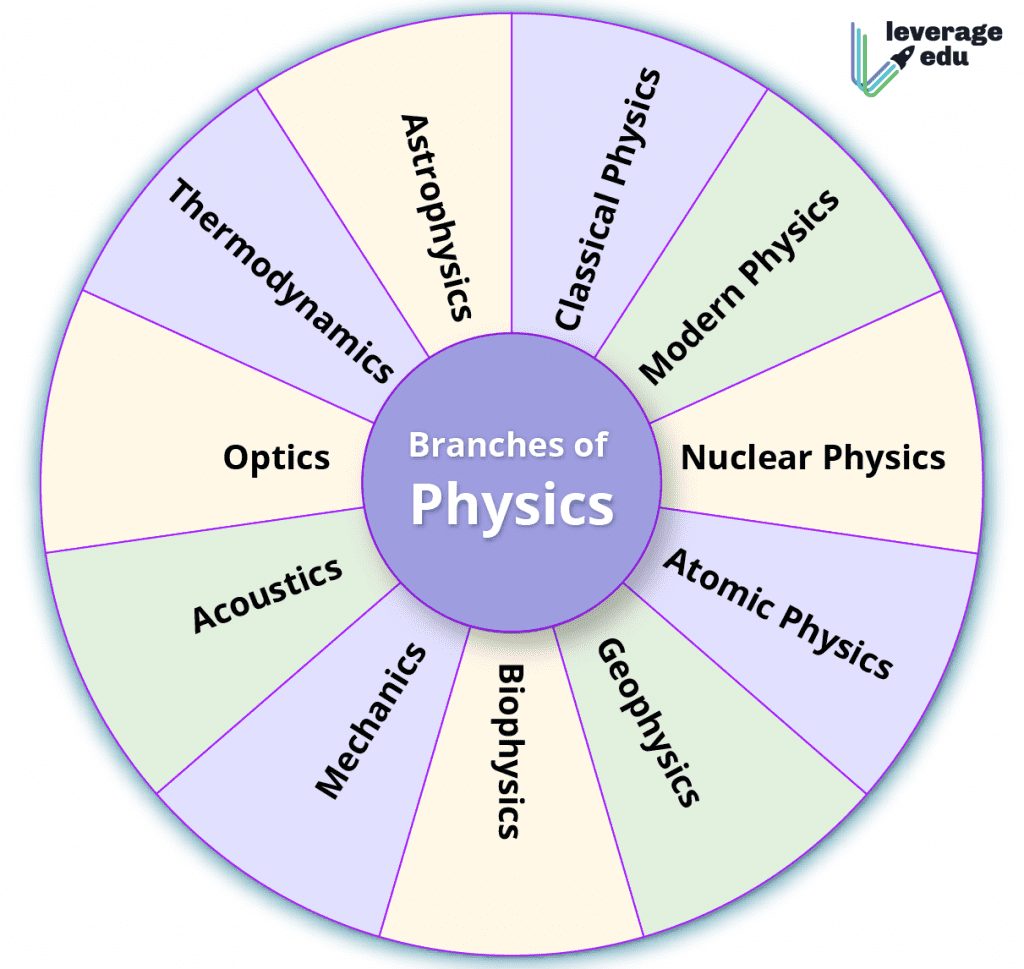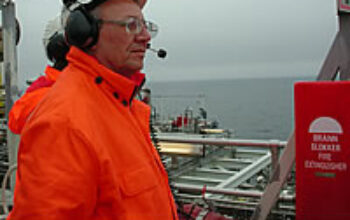The phenomenon of ice shelf collapse has garnered increasing attention in the scientific community, raising urgent questions about global climate dynamics and its implications. Ice shelves, the floating extensions of glaciers, play a pivotal role in stabilizing land-based ice masses. This piece explores the intricate framework of physics underlying ice shelf collapse, a subject that invokes both existential concern and intellectual curiosity.
At their core, ice shelves are dynamic structures composed mainly of glacial ice that can extend considerably from continental land masses into the ocean. These entities act as buttresses to their glacial progenitors, allowing vast volumes of ice to remain stationary by counteracting the forces of gravity. However, a delicate equilibrium governs their stability, dictated by numerous thermal and mechanical processes. An understanding of this equilibrium necessitates a thorough examination of the thermodynamics involved.
The thermal regime of an ice shelf is primarily influenced by two factors: the oceanic temperature and the atmospheric conditions above it. When surface temperatures rise due to anthropogenic climate change, the melting at the glacier’s surface significantly accelerates. This meltwater can form pools that, if left unchecked, will percolate down through the ice mass to reach the basal region where it interacts with warmer ocean currents. The resulting subglacial lakes experienced as hydrofracturing can trigger rapid destabilization, propelling the ice from a stable condition into a collapse scenario.
Hydrofracturing serves as a linchpin in ice shelf dynamics. As surface meltwater penetrates fractures, it exerts significant pressure at the ice base, amplifying the stress on the already weakened structure. The penetration of water into these crevasses effectively alters the mechanical properties of the ice, resulting in a consequential feedback loop. Often, it is this very feedback loop—a complex interaction of surface melt, fracture dynamics, and basal oceanic warming—that manifests as an ice shelf disintegration event.
In addition to hydrofracturing, the physics of ice is governed by the impact of shear stress experienced along flowlines. Ice undergoing deformation flows toward the ocean under the influence of gravity, yet encountering resistance can enhance stresses that lead to cracking. Overly leaned structures exhibit what can be described as catastrophic failure modes, where a seemingly minor fracture can propagate rapidly, culminating in substantial shelf collapse within a short timeframe.
Thermal and mechanical processes create a multifaceted scenario where the interplay of stressors can produce an alarming reality—coalescence of fractures, accelerated flow, and irreparable loss of shelf integrity. The critical thresholds of temperature where these processes shift into a dynamic collapse are of utmost importance. Current research indicates that as the temperature rises even slightly above the historical norm, the mechanisms facilitating collapse become increasingly probable.
Interestingly, the anthropogenic contributions to climate change, primarily through greenhouse gas emissions, have increased global temperatures by approximately 1.0 degree Celsius since pre-industrial times. This seemingly innocuous rise is a tipping point, resulting in unprecedented challenges facing ice shelves. For instance, the Larsen B Ice Shelf, which experienced a dramatic collapse in 2002, serves as a harbinger for future events as it highlights the fragility of these ice structures under altered thermal regimes.
Despite the technical vocabulary and intricate scientific methodologies employed in the study of ice shelf physics, the broader implications inspire greater intrigue. Ice shelf collapse not only threatens biodiversity in areas such as Antarctica but also has profound implications for global sea levels. When significant ice masses disintegrate, they contribute directly to elevated sea levels—a process that poses existential risks to coastal ecosystems and human settlements alike. The phenomenon also encapsulates a larger narrative about our planet’s climatic equilibrium and resilience in the face of dramatic environmental change.
Moreover, the modeling of ice shelf collapse represents a burgeoning field within climate science, demanding innovative computational approaches. Numerical models simulate thermal dynamics, fracture propagation, and flow mechanics, providing invaluable insights into when and how these monumental collapses might transpire. Such models utilize advanced algorithms, integrating multi-faceted datasets to assess the stability of ice shelves under various climatic scenarios, thereby enhancing predictive capabilities.
One of the technological marvels in this realm is the deployment of remote sensing technology and satellite imagery, enabling unprecedented monitoring of ice shelf dynamics. These instruments have allowed for real-time observation, identifying changes that may indicate impending structural failure. This synergy between technology and environmental science signifies a leap forward in our ability to respond to and understand complex climate phenomena. The intricate balance between data collection and predictive modeling offers a glimpse into the future of climate resilience strategies.
In conclusion, the physics underpinning ice shelf collapse is a tapestry woven with threads of thermodynamics, material science, and environmental dynamics. Each layer adds depth to our comprehension of not only the processes at play but also the potential global ramifications. By delving into the intricate process of collapse, we unravel the threads of an intricate narrative that intertwines humanity’s role in climate change and the profound interconnectedness of Earth’s systems. As such, ice shelf collapse emerges as a phenomenon that, while rooted in physics, resonates with deeper themes of survival, resilience, and our collective future.






